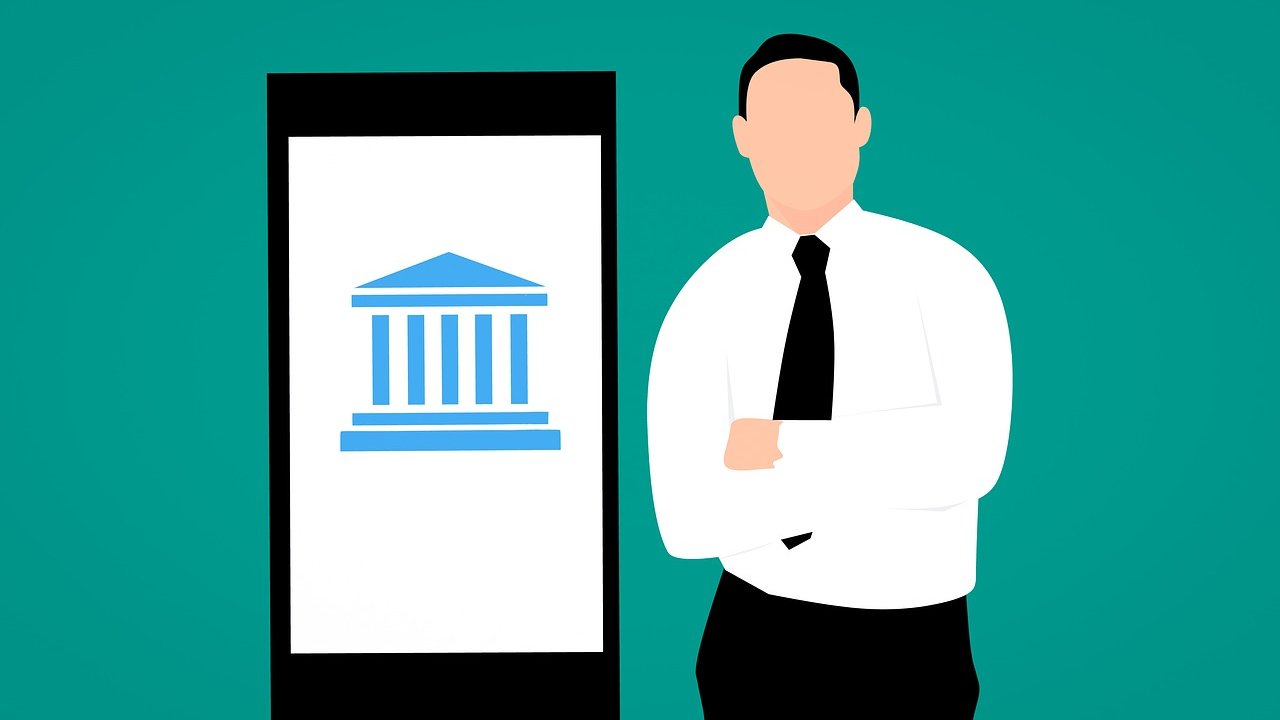
In today's uncertain economic climate, having a financial buffer is more essential than ever. A financial buffer, also known as an emergency fund or financial cushion, is essentially money set aside to cover unexpected expenses or financial emergencies. It's a key component of smart financial planning and can provide a sense of financial stability and financial security.
Why is a financial buffer important?
A financial buffer serves as a safety net in case of job loss, medical emergencies, unexpected repairs, and other unplanned expenses. It can help you avoid debt, reduce financial stress, and allow you to make better financial decisions. Without a financial buffer, you might have to rely on credit cards or loans to cover unexpected costs, which can lead to a cycle of debt.
How to create a financial buffer
Creating a financial buffer may seem daunting, but it's entirely doable with some planning and discipline. Here are some steps you can follow:
-
Assess your financial situation: Determine your monthly income and expenses. This will help you see where your money is going and identify areas where you might be able to cut back.
-
Set a goal: Decide how much you want to save. A good rule of thumb is to aim for three to six months' worth of living expenses, but this can vary depending on your individual circumstances.
-
Create a budget: A budget is a plan for your money. It can help you manage your income and expenses, and ensure you're setting aside enough money for your financial buffer. There are many different budgeting techniques you can use, so find one that works best for you.
-
Save regularly: Make saving a habit. Whether it's a set amount every month, or whatever you can afford, the important thing is to be consistent.
-
Keep it separate: It's a good idea to keep your financial buffer separate from your regular checking account to avoid the temptation to spend it.
Strategies to grow your financial buffer
There are many ways to grow your financial buffer. Here are a few tips:
-
Cut back on non-essential expenses: This could be anything from eating out less, to cancelling unused subscriptions, to shopping second-hand.
-
Increase your income: This could be through getting a part-time job, selling items you no longer need, or starting a side hustle.
-
Automate your savings: Set up automatic transfers to your savings account. This makes saving effortless and ensures you're consistently adding to your financial buffer.
In conclusion
Building a financial buffer takes time and patience, but the peace of mind it provides is invaluable. By following these steps and adopting smart financial habits, you're well on your way to creating a financial buffer and achieving financial stability.











